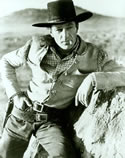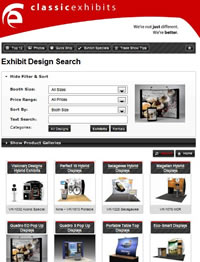Information Overload Syndrome (I.O.S.) . . . Are You an Addict?
For about two years, I have been accused of being addicted to my Blackberry and my email. In response, I have told people they are crazy. After all, what’s wrong with being able to do your job on the move? It means less office time, more productivity, etc. etc.
Example #1: The second I land in some other city, I turn on my Blackberry and can instantly answer emails before my plane even hits the gate. And selfishly, it helps to lessen the workload I’ll have to tackle once I check into the hotel.
Example #2: Being on the West Coast and an early riser, I can often address emails and questions from distributors on the East Coast before leaving my house for work.
Example #3: I can actually be 50 miles out of the city, preparing breakfast while camping with family and friends, and still be reached if necessary. OK, I’ll admit it. This might be a window into a problem.
Now, while I have long dismissed the accusations of being some sort or “Crackberry addict and/or email dependent,” this week I must admit I have seen a little of what my accusers have been saying. One addiction I clearly do have is with Google. So I inherently go there first and type in “Email Addiction.” The first link sent me to PC World. They did an article called Email Addiction: The 5 Signs that You Need Help.
My first thought after reading the article . . . Really #4? C’mon!! a NO Email Day! That’s insane.
On Tuesday evening, our computer systems crashed at Classic and at our offsite IT server. And not just a little crash. The kind that lasted until Friday. Right now it’ s 10:00 am on Friday, and the systems are still not running smoothly. And when emails don’t work at the office, they don’t work on my Blackberry either. So it’s been challenging to say the least. Starting on Wednesday morning, I was alright, more annoyed than anything. By lunch time Wednesday, I was starting to feel a bit jittery, but not too bad. However, by about 7:00 pm Wednesday night, I was looking for a drink.
Here is the thing that really revealed my addiction. I still checked my phone about every 5-10 minutes even though I KNEW the email was down. It made me think of this video that has been sent to me by multiple friends and co-workers. I might just have I.O.S. (Information Overload Syndrome).
Thursday, I woke optimistic. Even though I could tell the email server was still down, I still felt like we were almost there. I got to the office, and for a brief second, we had email. HAPPY DAY! Adrenaline took over! I quickly synced my Blackberry and life was back to normal. Then CRASH! Down again. What a tease! And this time, I instantly broke into cold sweats and anger kicked in along with flashbacks of the PC World article. Am I an Emailoholic? Looking online again, I found that there really is something referred to as Emailoholism — not by doctors, but by techi-folks.
So now it’s Friday, and I am still waiting and wondering when that moment will happen when my email says “connected.” What is too much information? What is too much access?
I had a friend recently say to me after an hour, “Do you realize you checked your Blackberry 21 times in the past hour without typing anything?”
“I had not! Is that a lot?” I said.
I would be willing to bet that at least 90% of the readers of this blog have a SmartPhone. So what do you do? Are you addicted? Or accused of being addicted to your device? Please share you comments and stories. The I.O.S. community (and me) needs to hear from you.
Be well!
–Kevin Carty
http://twitter.com/kevin_carty
http://www.linkedin.com/pub/kevin-carty/3/800/32a








